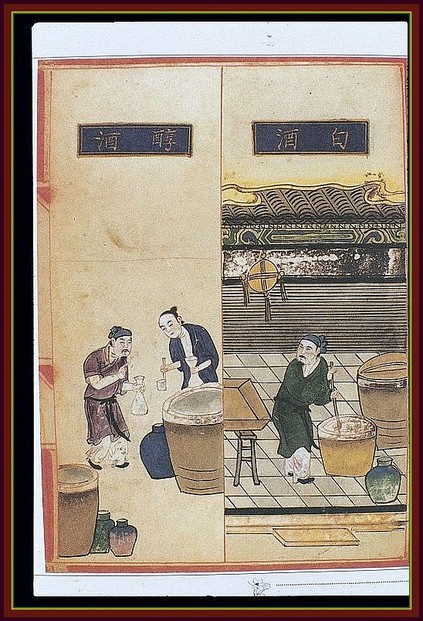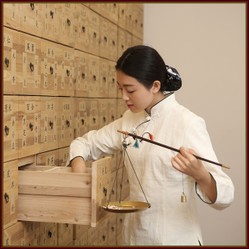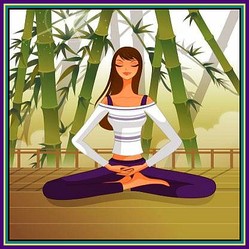None of this undermines the Traditional Chinese Medicine (TCM) because it is complex, ciphered and conserved for generations to experiment and use. Japanese may have simplified the techniques but the extensive composition of Kampo remains documented in Chinese Materia Dietetica.
Many Asian countries have developed the art of healing through herbs based on symptoms, individual’s health assessment and flow of energy. Hence unlike allopathy, the dose of medicines and even the medicines prescribed are different for different people.
Image Credit – Pixabay, Author : kian2018
© copyright WriterArtist 2021, All rights reserved















 Harvest Bounty of Fall Fruitson 08/03/2023
Harvest Bounty of Fall Fruitson 08/03/2023
 Is Buddhism older than Hinduism?on 06/13/2023
Is Buddhism older than Hinduism?on 06/13/2023
 Was Tirumala Tirupati Balaji Temple a Buddhist Shrine?on 06/13/2023
Was Tirumala Tirupati Balaji Temple a Buddhist Shrine?on 06/13/2023
 The Great Wave of Kanagawa from Japanese Artist Hokusaion 06/11/2023
The Great Wave of Kanagawa from Japanese Artist Hokusaion 06/11/2023



Have you ever tried traditional Medicines for cure or prevention?
There is often value in some things modern medecine does not understand.
WriterArtist, Thank you for pictures, practicalities and products.
Are there Kampo practitioners in India?
An article elsewhere on Wizzley identifies India as a country that has to rely on imports to meet all tea needs. Would there be concerns -- similar to those experienced by Kampo practitioners who must import four-fifths of their herb repertoire from China -- about property-altering environments and soils affecting quality and results?